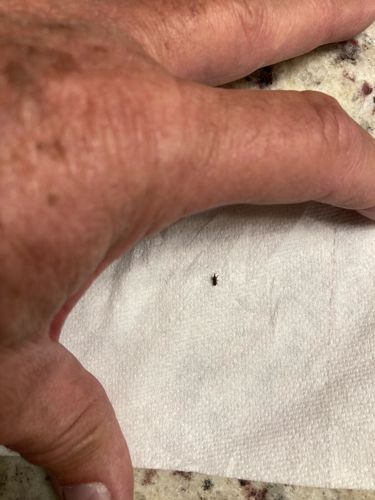Flea
Scientific Name: Siphonaptera
Order & Family: Order: Siphonaptera (contains several families, e.g., Pulicidae)
Size: 1.5 mm to 3.3 mm (0.06 to 0.13 inches)

Natural Habitat
Fleas are ectoparasites found on warm-blooded animals (mammals and birds). They reside in the host's fur or feathers, and their eggs, larvae, and pupae are often found in the host's bedding, carpets, cracks in floors, and other sheltered areas in homes or animal habitats.
Diet & Feeding
Adult fleas feed exclusively on the blood (hematophagy) of their host animals using piercing-sucking mouthparts. Larvae feed on organic debris, including adult flea feces ('flea dirt'), skin flakes, and other detritus found in the environment.
Behavior Patterns
Fleas are known for their remarkable jumping ability relative to their size, allowing them to easily move between hosts. They have a complete metamorphosis life cycle, consisting of egg, larva, pupa, and adult stages. The adult flea can live for several weeks to months, feeding regularly on blood. They are attracted to warmth, carbon dioxide, and vibrations, which signal the presence of a potential host.
Risks & Benefits
Risks: Fleas are considered pests due to their bites causing itching, skin irritation, and allergic reactions in both humans and animals. They can transmit diseases such as murine typhus (via Rickettsia typhi), tungiasis, and are vectors for the tapeworm Dipylidium caninum. Severe infestations can lead to anemia, particularly in young or small animals. Benefits: There are no known direct benefits of fleas to humans, and their ecological benefit is primarily as a food source for other organisms, though this is overshadowed by their parasitic nature.
Identified on: 9/17/2025